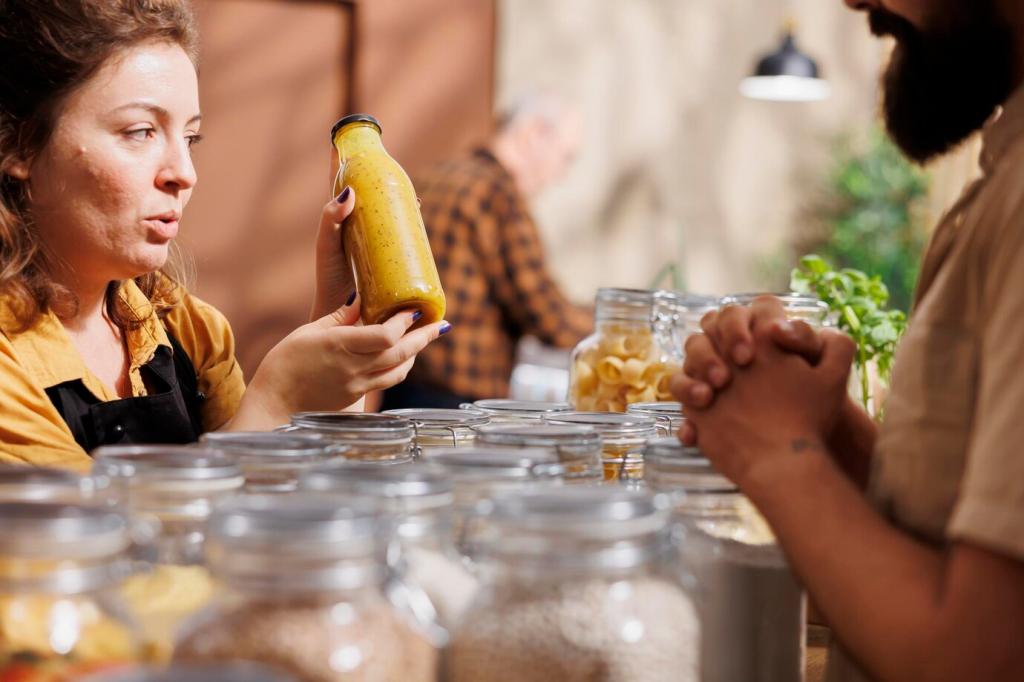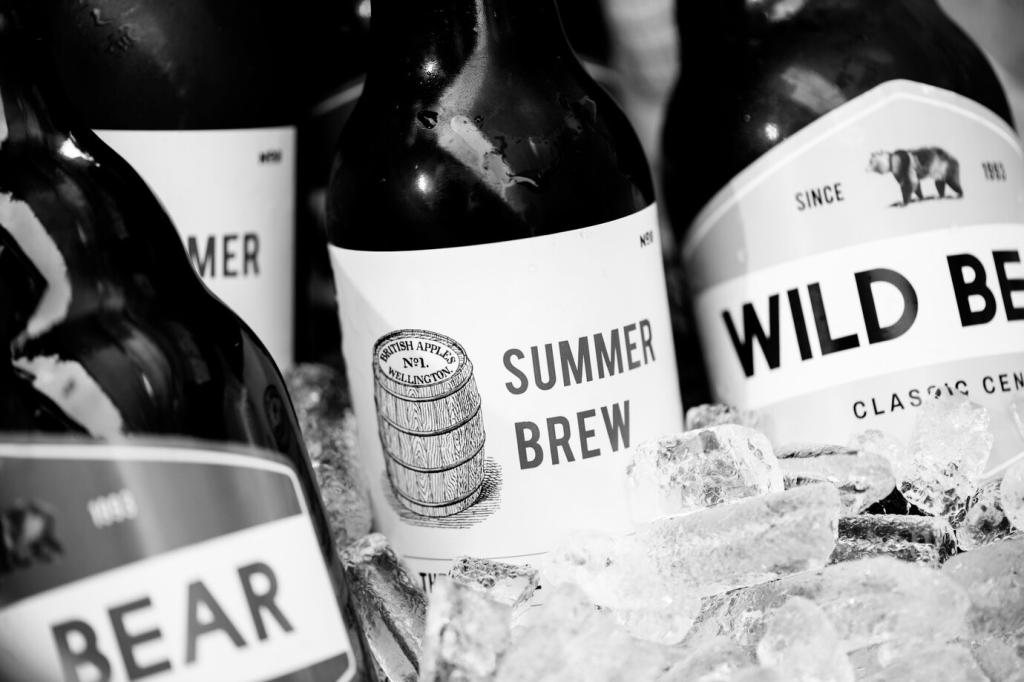
Understanding the Science of Beer Brewing at Home
Selected theme: Understanding the Science of Beer Brewing at Home. Welcome to a friendly, curiosity-fueled deep dive into the biology, chemistry, and physics that turn grain, water, hops, and yeast into unforgettable pints. Share your questions and subscribe to follow each experiment and lesson as we brew smarter together.
Malt, Enzymes, and the Mash
Beta amylase prefers cooler rests to create maltose for crisp, dry finishes, while alpha amylase thrives warmer to produce dextrins that build body. Balance both with step mashes to tailor mouthfeel and attenuation.

Yeast Biology and Fermentation Control
Lag Phase, Oxygen, and Building Healthy Cell Walls
During lag phase, yeast absorb oxygen to synthesize sterols and unsaturated fatty acids for robust membranes. Aerate or oxygenate your cooled wort, then keep oxygen out after fermentation starts to preserve flavor.
Pitch Rate and Predictable Attenuation
Underpitching stresses yeast, boosting esters and higher alcohols, while overpitching can mute character. Use a pitch rate calculator, consider starters for liquid cultures, and log your apparent attenuation for repeatable results.
Temperature Curves, Esters, and Phenols
Even a two-degree swing can change ester expression. Let ales start cool, then rise slightly to finish strong and clean. Tell us your favorite yeast strains and profiles, and subscribe for controlled fermentation playbooks.
Water Chemistry That Shapes Flavor
pH Targets for Mash and Boil
Aim for a mash pH near 5.2–5.6 measured at room temperature for enzyme efficiency and clarity. In the kettle, slightly lower pH brightens bitterness. Calibrate your meter and recheck with every grain bill change.
Ions That Matter: Calcium, Chloride, and Sulfate
Calcium aids yeast flocculation and enzyme stability, chloride enhances malt roundness, and sulfate sharpens hop bite. Adjust the sulfate-to-chloride ratio to steer your beer toward crisp bitterness or plush malt depth.
A Hard Lesson From an Overly Sulfate-Heavy Pale Ale
Chasing West Coast snap, I overshot sulfates and got harsh, lingering bitterness. A gentler ratio restored balance. What ratios work for your styles? Comment with your profiles, and subscribe for water primers and calculators.



Measuring, Data, and Repeatability
Record original and final gravity to estimate ABV and attenuation. Correct refractometer readings post-fermentation, and temperature-correct hydrometer readings. Track trends across batches to diagnose mash efficiency or fermentation issues.
Measuring, Data, and Repeatability
Probe placement matters. Tape sensors to the fermenter with insulation for realistic readings, not ambient guesses. Use controllers for gentle ramps, then document curves to correlate flavor changes with exact temperature profiles.

Diacetyl Rests and VDK Reduction
Raise temperature slightly near fermentation end to help yeast reabsorb diacetyl and related compounds. Confirm with stable gravity and a clean sensory check before cold crashing to lock in brightness and clarity.
Avoiding Oxygen Ingress on the Cold Side
Once fermentation begins, oxygen is a flavor thief. Purge lines, caps, and kegs. Use closed transfers, keep fittings tight, and handle beer cold to reduce oxidation that flattens hops and darkens delicate styles.
Boil Vigor, DMS, and Clarity
A strong rolling boil drives off DMS precursors, while fast chilling prevents their reformation. Skim hot break to improve clarity. Share your boil strategies and chill times, and subscribe for side-by-side trials and results.
